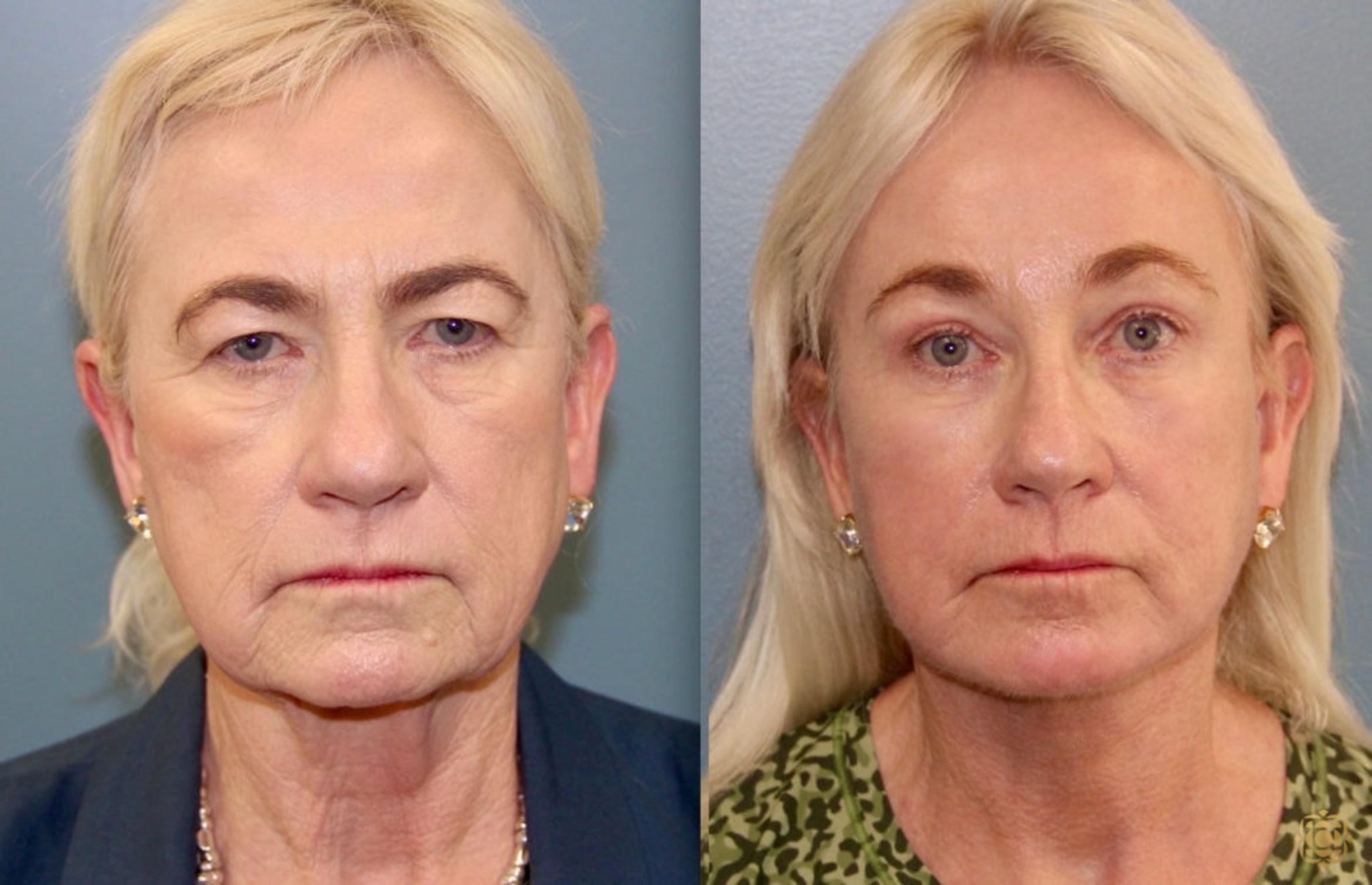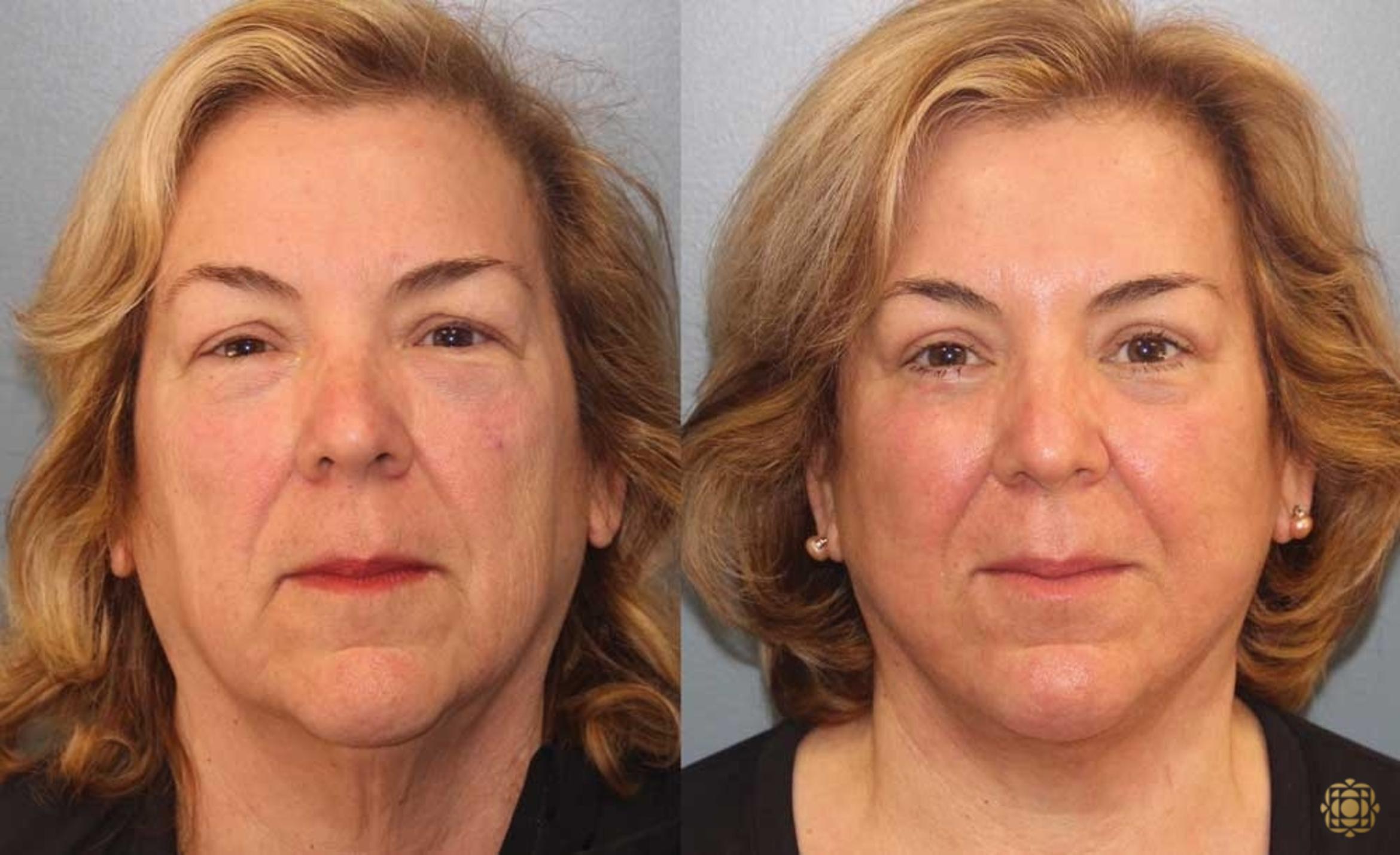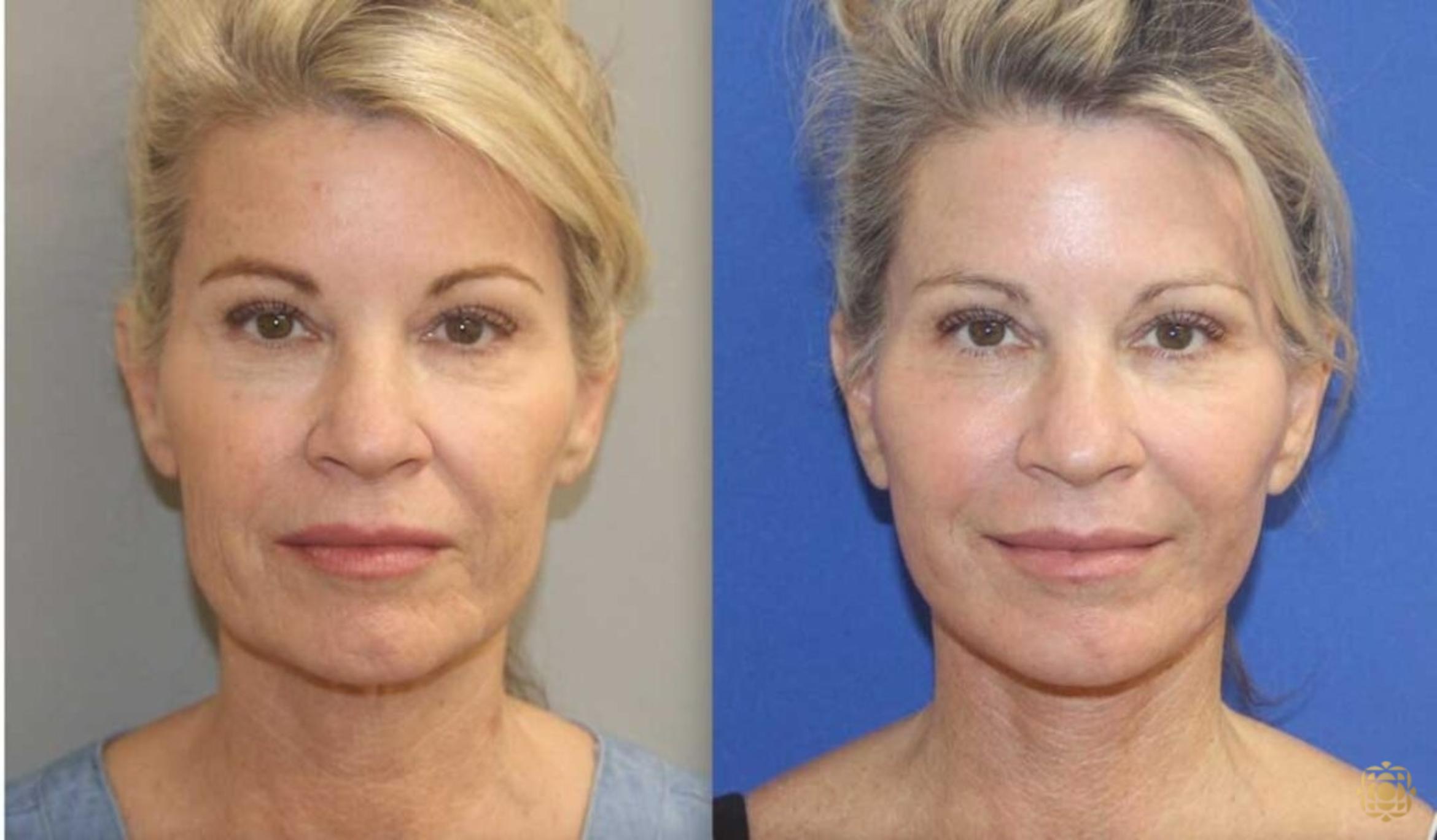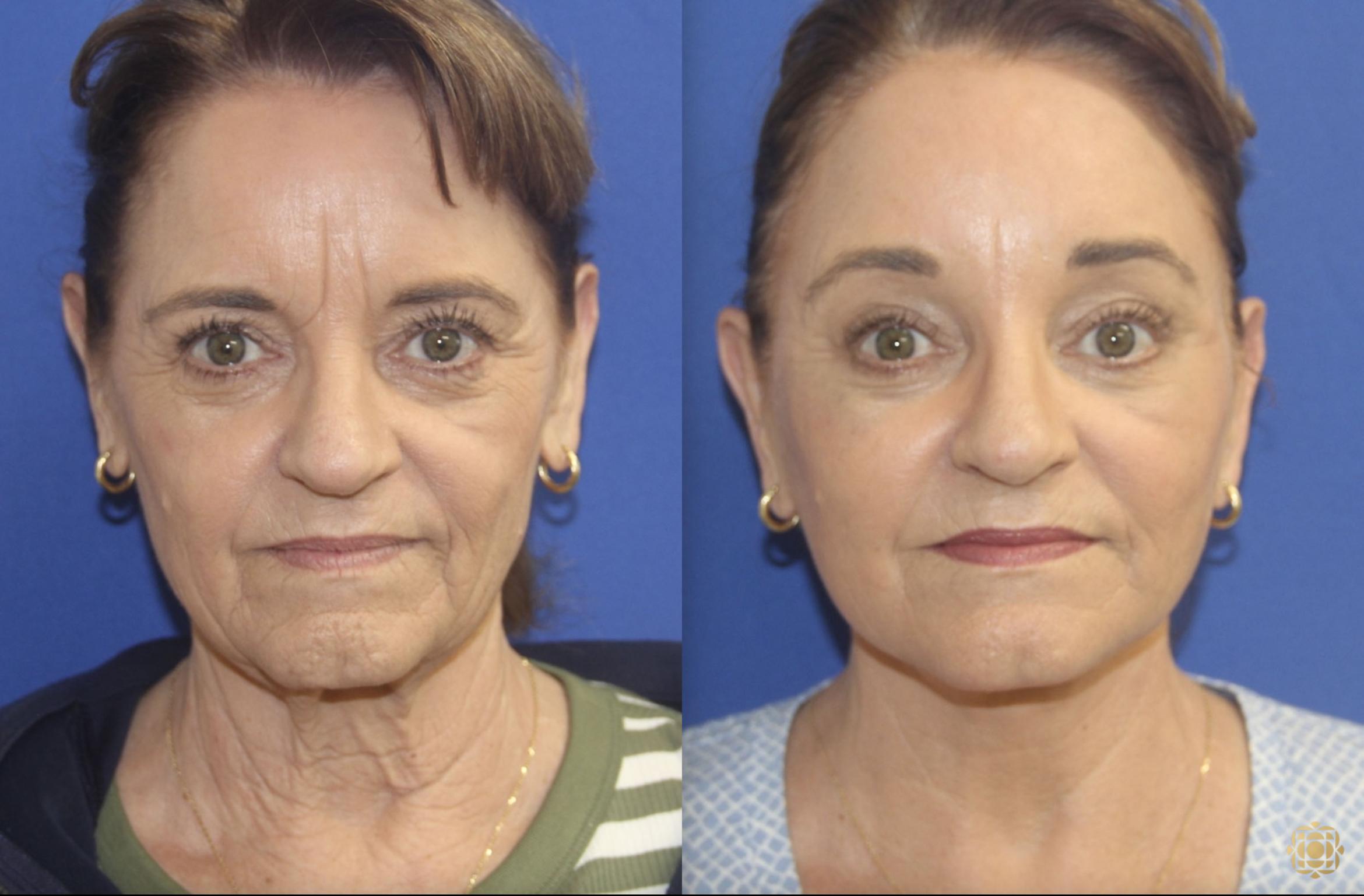Phone: (949) 209-1622
Hours:
Monday-Friday: 8:30 a.m.–5 p.m.
What Is Fractional CO2 Laser Resurfacing?
Fractional CO2 laser resurfacing refreshes your skin with less downtime and more refined results. This innovative approach removes microscopic columns of damaged skin while leaving surrounding areas intact, triggering deep collagen remodeling and supporting natural healing. The outcome is clearer, smoother, more youthful-looking skin with lasting improvements.
There are 2 general types of lasers for skin rejuvenation, ablative and non-ablative.
Ablative Laser
Ablative lasers remove the outermost layers of skin to treat more advanced damage, such as deeper wrinkles and pronounced sun damage. Because these lasers remove the skin’s surface, recovery is longer, but the improvements can be dramatic.
Non-Ablative Laser
Non-ablative lasers leave the surface intact and instead target deeper layers of skin with controlled heat to stimulate collagen production. Downtime is usually minimal, and results develop gradually. However, most people require multiple sessions to achieve their desired results.
Why Dr. Daines Prefers Fractional CO2 Laser Resurfacing
We perform laser skin resurfacing with the DEKA SmartXide DOT® fractional CO2 laser. It delivers the rejuvenation power of an ablative CO2 laser with customizable settings that spare surrounding tissue and reduce downtime. In other words, it provides some of the recovery benefits of non-ablative lasers without sacrificing the dramatic results of traditional CO2 resurfacing.
Dr. Daines frequently includes laser resurfacing as part of his Signature Facelift, pairing advanced deep plane facelift techniques with skin renewal for the most comprehensive rejuvenation. By combining these procedures, he not only restores youthful contours but also enhances the quality and radiance of your skin.
What Does a Fractional C02 Laser Treat?
Fractional CO2 resurfacing can improve:
- Fine lines and wrinkles
- Sun damage and uneven pigmentation
- Acne and trauma-related scarring
- Rough texture or enlarged pores
- Mild skin laxity and tone irregularities
The fractional CO2 laser can also treat other visible areas of the body, such as the neck, chest, and hands.

Who Is a Candidate for CO2 Laser Resurfacing?
Dr. Daines carefully evaluates each patient’s skin type and goals to ensure a safe and effective treatment. Healthy adults with realistic expectations, no active skin infections, and no recent isotretinoin (Accutane) use are typically good candidates. He may recommend preventive antiviral medication for patients prone to cold sores. Because the laser is adjustable to accommodate many needs, it is a suitable option for most women and men seeking facial rejuvenation.
Before your treatment, we’ll provide you with detailed instructions to help you prepare your skin. This includes avoiding sun exposure in the weeks leading up to your appointment and pausing the use of certain topical products, such as retinol, glycolic acid, and salicylic acid, that can increase sensitivity.
What To Expect During Your Treatment
We’ll apply a topical numbing cream before Dr. Daines uses the handheld laser to deliver micro-columns of energy across the skin in a precise pattern. These intense pulses of light last for less than a millisecond, causing controlled injuries to the specified area. Sessions last 30 minutes to 2 hours, depending on treatment depth.

“I have never met a Doctor in my life time who cares more about his patients than Dr. Daines. He truly cares about what is best for his patients…I recently decided to have the Co2 laser treatment and upper eyelid surgery. I can now tell you that he is not only the nicest Doctor I have ever met, but also the very BEST in everything that he does!! I am absolutely thrilled with how my skin looks and my eyes!”
—Glenda S.
Fractional CO2 Laser Skin Resurfacing Recovery
Dr. Daines provides detailed aftercare instructions and close follow-up to ensure your recovery is safe and comfortable. The specific nature of your recovery will vary with the depth and extent of your treatment. Here is a typical recovery timeline:
- Days 1–3: Redness, swelling, and crusting are common
- Days 4–7: Peeling and healing continue
- Weeks 1–2: Redness fades, light makeup may be used
- Weeks 3–6: Collagen remodeling enhances tone and texture
- 3–6 months: Final results fully emerge
For the first week after treatment, clean your skin with a gentle cleanser and warm water. After this initial healing phase has passed, you may resume wearing makeup if desired. Protecting your skin from the sun after your skin resurfacing procedure is extremely important to prevent abnormal pigmentation and maintain long-term results.
Patients often see improvement in smoothness and tone within the first week, with continued refinement as collagen rebuilds over several months. Results can last for years when paired with good skin care and sun protection. Many patients schedule maintenance sessions or complementary treatments such as chemical peels to extend their results.
View our fractional CO2 laser resurfacing aftercare instructions.
Why Choose Dr. Daines for Your Laser Resurfacing
Laser resurfacing is only as good as the hands that wield it. Dr. Daines combines technical expertise with aesthetic judgment. Women and men from Huntington Beach, Irvine, and throughout Orange County travel to our Newport Beach practice knowing they’ll receive a personalized treatment plan, attentive aftercare, and the assurance that every decision is tailored for their safety, skin type, and goals.
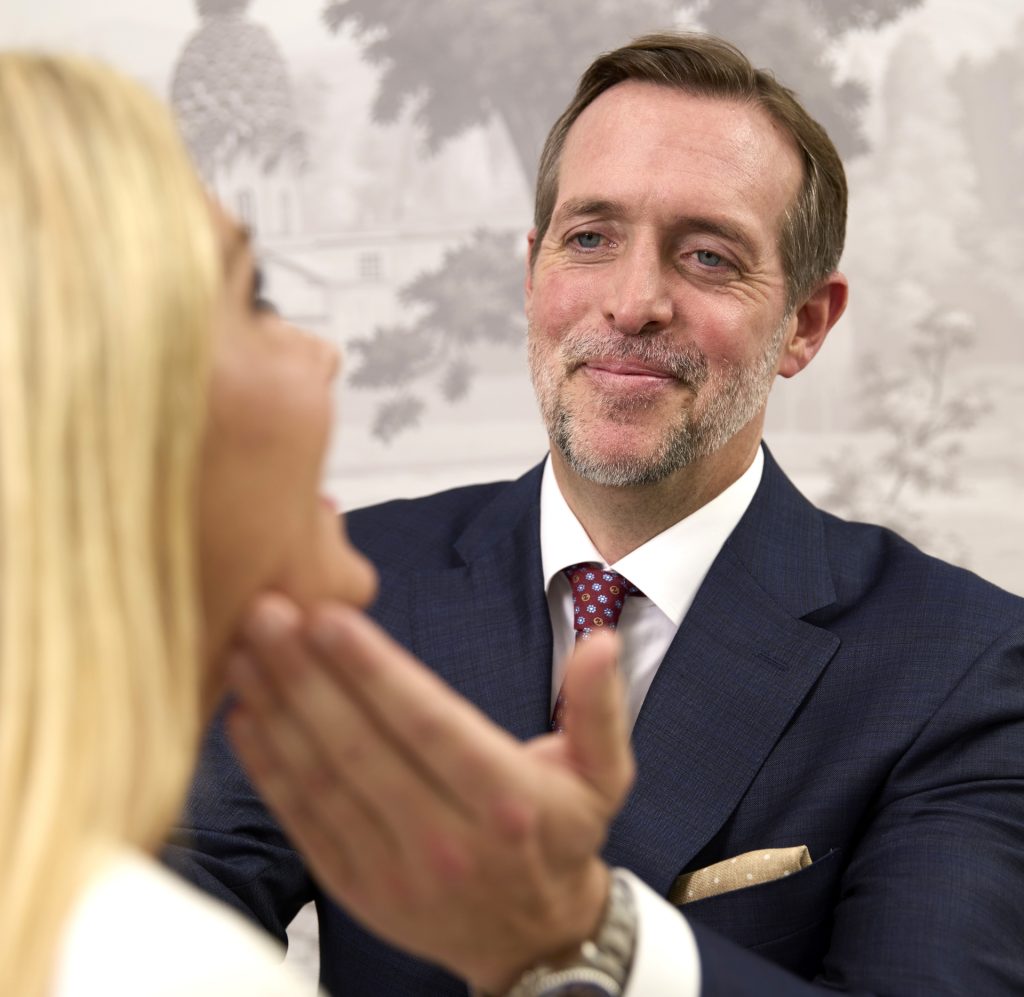
Dr. Steven M. Daines, a double board-certified facial plastic surgeon, has carefully reviewed the information on this page to ensure accuracy and patient safety.


